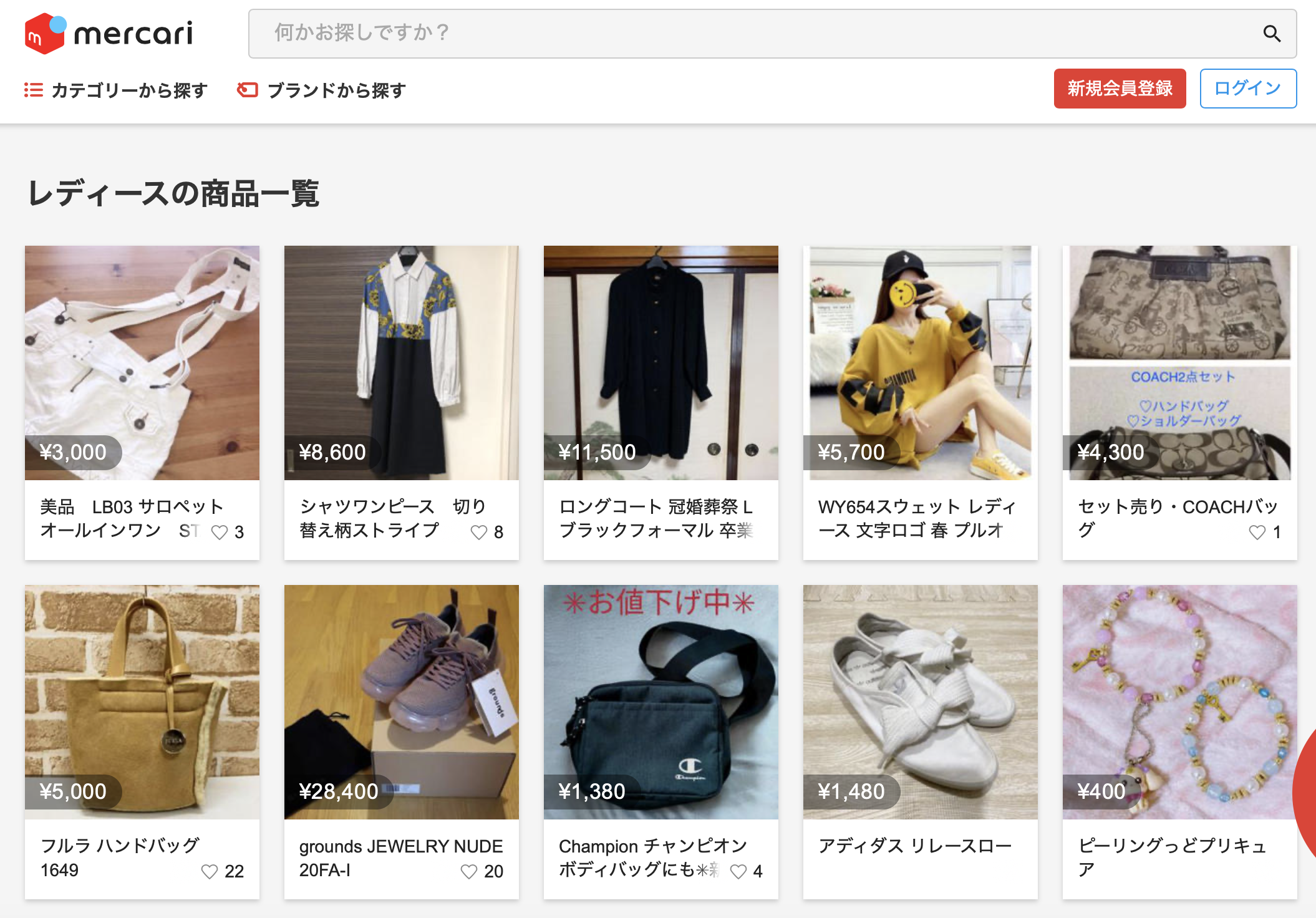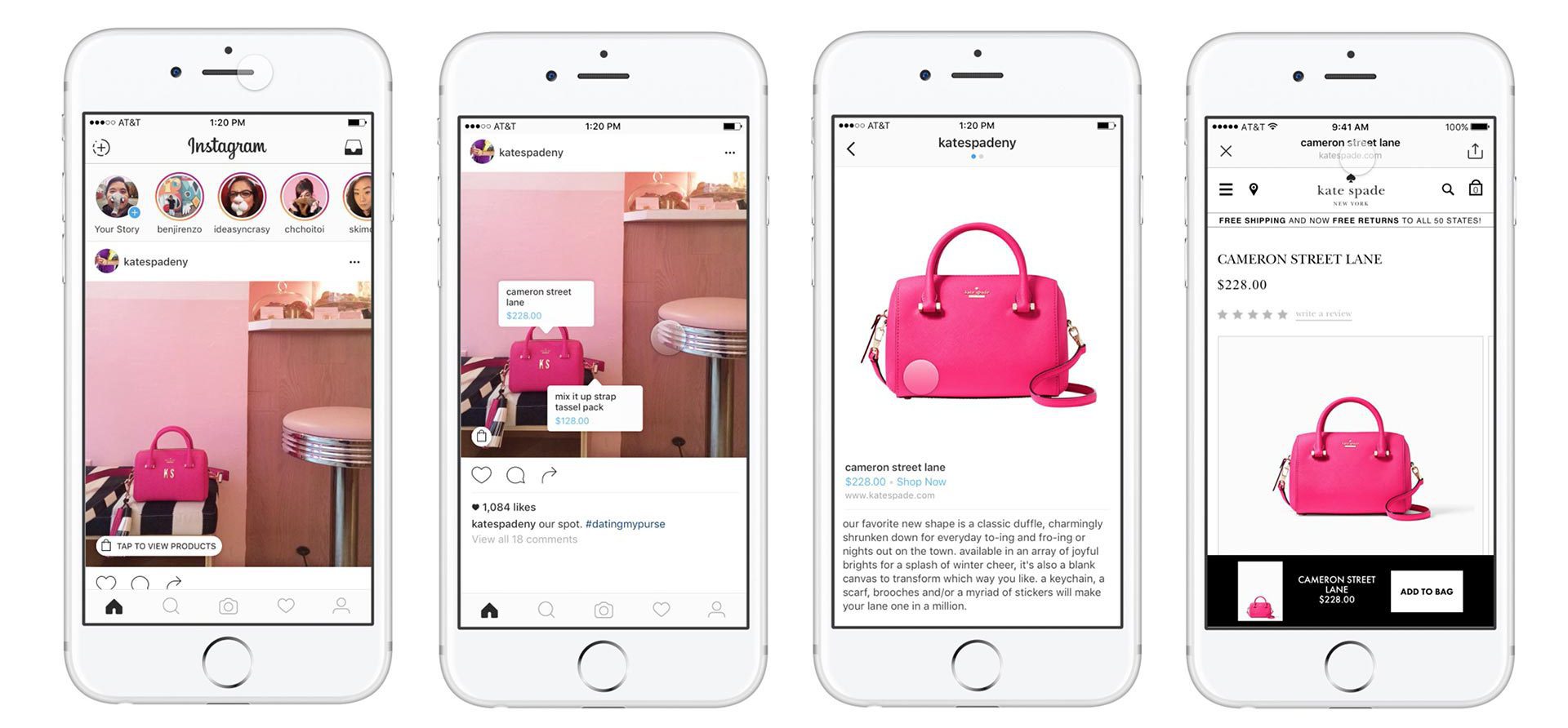In the years leading up to the pandemic, e-commerce has been seeing a notable rise in demand. However, the lockdown, quarantine measures, retail store closures, and travel bans massively accelerated the business model’s development. As the pandemic forced consumers indoors, they showed drastic shifts in shopping behavior. On the other hand, the pandemic also forced businesses to create a more robust online presence or even wholly pivot to ecommerce as the opportunities for traditional retail plummeted.
In August 2020, Boston Consulting Group (BCG) reported that its global research showed 40% of online grocery shoppers used e-commerce for the first time during the pandemic. A whopping 90% of online shoppers reported feeling comfortable with the e-commerce experience. Off-premise shopping, such as in delivery, carry-out, or drive-through, rose significantly by as much as US$1 trillion. All in all, more than $5 trillion, or 30%, of annual global retail sales are up for grabs, according to BCG.
On a smaller scale, the same market shift is apparent in Japan. Research and Markets reported that Japanese consumers are also shifting from brick-and-mortar stores to e-commerce marketplaces. Several factors drive this growth in the country, including the high Internet penetration, a secure network infrastructure, technically-advanced consumers, a relatively small distribution size, the facility provided by a single language, and an extensive range of product choices, the same report suggests.
Travel also drives much of the ecommerce growth, accounting for roughly half of all online sales in the country. Many consumers also prefer e-commerce platforms with a strong local presence, with Amazon Japan, Rakuten, DMM, Zozo Town, and Wowma in the top ten. That said, Japan’s growth in e-commerce is still relatively modest, with a growth rate of around 6 percent per annum.
Given these developments, businesses both global and local need to note the emerging trends to grasp fully the challenges and opportunities they face.
Improved shopping experience
Shopify notes that with the intensely competitive nature of ecommerce, businesses may set themselves apart by using technologies that improve the purchase experience.
Alex O’Byrne recommends providing e-commerce consumers with a powerful search and filtering service, such Klevu, Algolia, and Searchspring. Fast site speed loading, along with a streamlined return and exchange process, are also important. Businesses may enrich the purchase experience with technologies such as instant chat, try-on or augmented reality. For e-commerce stores that also have a brick-and-mortar presence, the same should be streamlined, as well, with options like pick-up in-store and unified inventory management.
Personalization
Artificial Intelligence (AI) and machine learning are proving useful in e-commerce, particularly in providing consumers with a personalized shopping experience, bigcommerce suggests. AI bots collects various kinds of data from a consumer, such as when they purchase, how they purchase, and what their specific preferences are in products or services.
The data is used to create a unique and personalized shopping experience, unlike anything that a traditional brick-and-mortar shop can offer.
As long as it is done as unobtrusively as possible, such as on marketing emails, on pages, in carts, or searches, personalization can make consumers feel that brands care about them.
Social commerce
Social commerce, or social media use to promote products and services, is also rising in popularity. Brands have been taking to Facebook, Twitter, Instagram, and TikTok to boost engagement and interaction and ultimately to drive sales. Social media users are invited to vote on product styles or choices, or to join promotions and giveaways to users who share their products on social media. Videos are show how products are used, and how they appear from multiple angles, with direct links to checkout or shopping carts. Brands are also encouraging users to submit photos, videos, comments, and feedback. Celebrities and influencers are also tapped to increase awareness and sales.
On the flip side, social media platforms are likewise responding to the trend. Facebook, for instance, has allowed brands to create a customized storefront to showcase products. For its part, Instagram is promoting live shopping in which consumers can purchase items shown in a video by communicating with the seller in real time. Instagram business accounts also now have the highlighted stories feature to display products or shopping information.
Social commerce execution via Instagram. Source: Lab3Web
Ethical e-commerce
Consumers display increased interest in ethical commerce by seeking out businesses with values and a lifestyle aligned with theirs. Many are showing a willingness to change purchasing habits or even pay a premium to support brands committed to making a positive difference. As an IBM Research Insights report puts it, “values are as important as value.” Among the popular causes are sustainability, recycling, climate change, carbon crisis, deforestation, and fair trade.
In terms of e-commerce, consumers are progressively purchasing with more purpose. Many show appreciation for consumer altruism opportunities. Some examples are carbon-neutral delivery, decreased or sustainable packaging options, or donations to charity.
Philippine-based EcoNest sells eco-friendly packaging materials and uses e-commerce to reach an international market.
Meanwhile, some e-commerce platforms have shifted to data centers that run on renewable or clean energy, digitally minimalist designs that reduce unnecessary plugins. An enhanced and streamlined user experience (UX) also allows for the platform to expend less energy in the shopping process.
Creative marketing strategies
In terms of campaign shoots for e-commerce and marketing in general, many advertising agencies started for 3D and CGI. This strategy not only helped cut costs but also allowed creatives to practice health and safety protocols. Others employed limited-edition Instagram and Snapchat filters, or video projections on public buildings. For many consumers, these newer marketing strategies’ novelty and creativity was a sign that brands continued innovating and thinking out of the box.
All these leave us with several points to consider. Which changes in consumer habits and behavior will persist after the pandemic is over? What kinds of business models will emerge? What segments will drive the growth? How will retailers stay relevant?
Ultimately, businesses will need to adapt and listen to what the consumers need and want in the rapidly-growing e-commerce landscape. With this mindset, the opportunities are endless and undoubtedly exciting.














